Portada » Initiatives » Awards » Richard H. Driehaus Medal for Heritage Preservation » Awardees » Antonio Almagro and Antonio Jiménez
Richard H. Driehaus Medal
2019
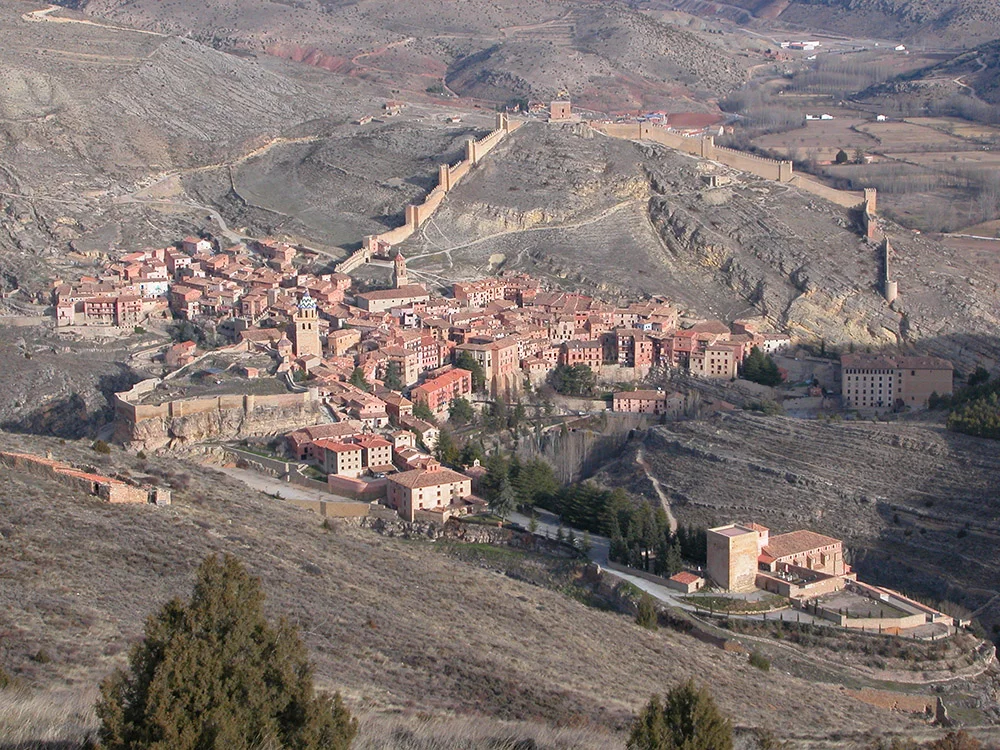
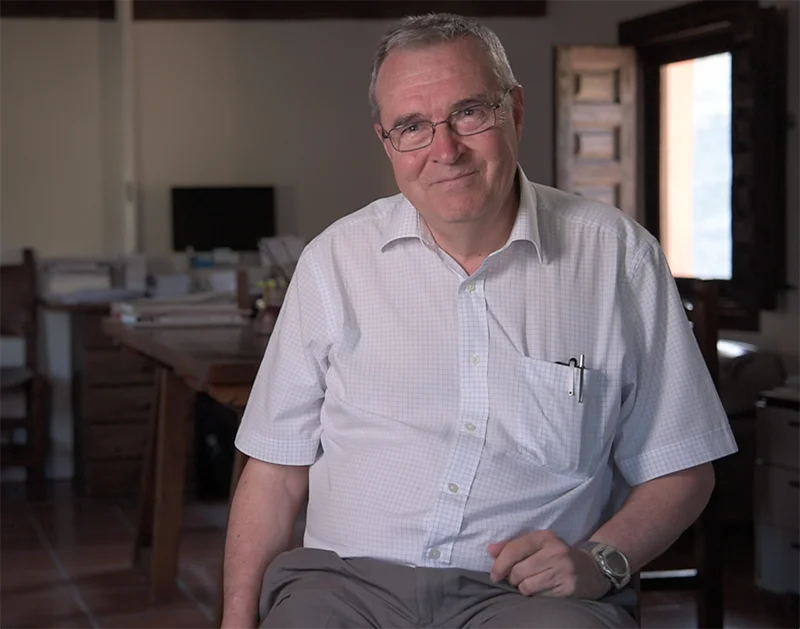
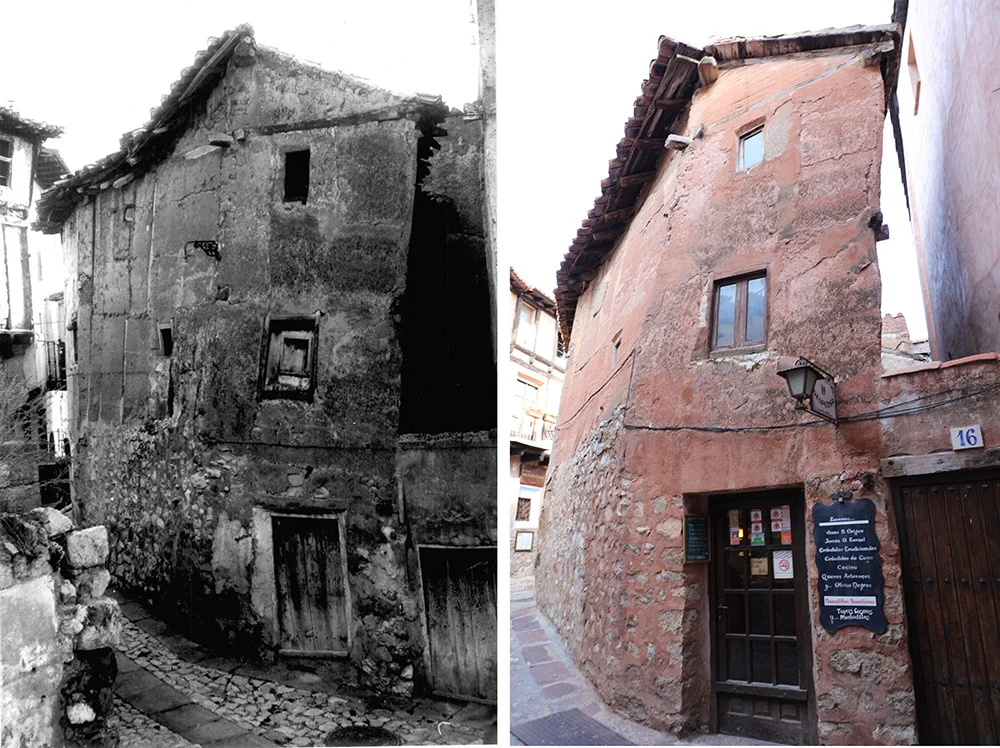
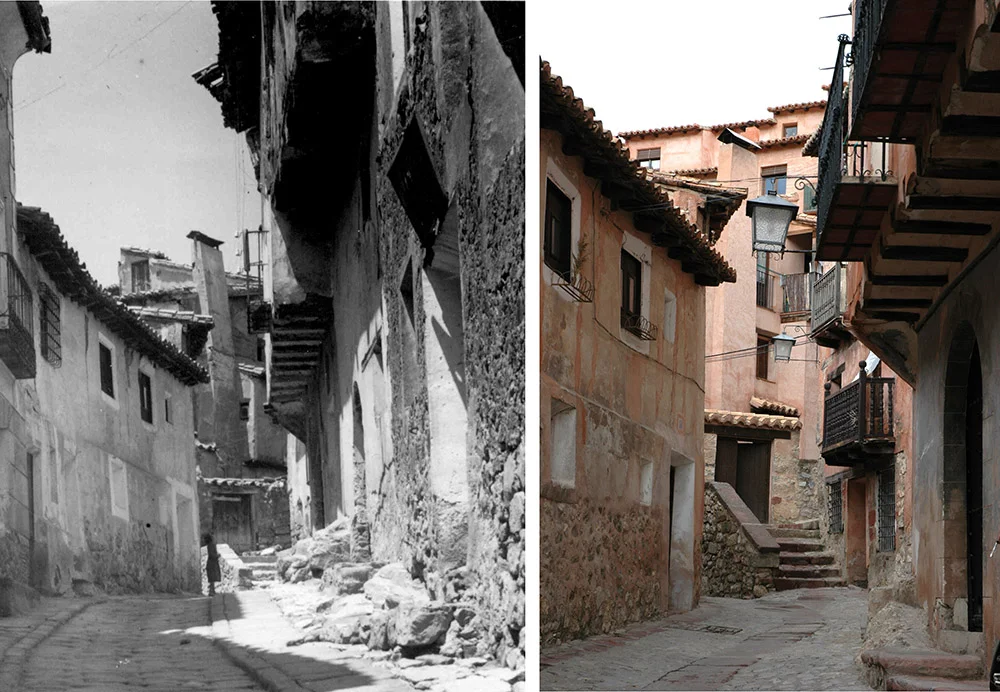
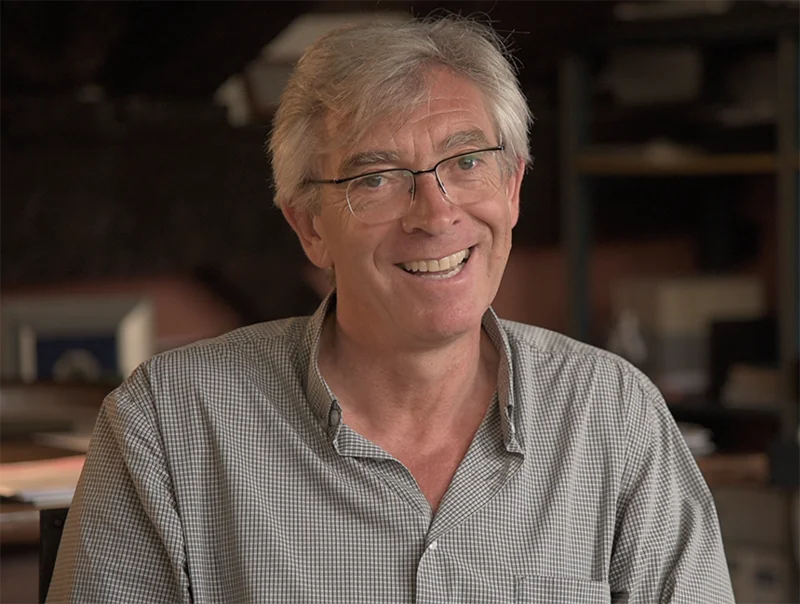
The historic city of Albarracín is located at the west of the current province of Teruel, placed just at the top of a hill wrapped almost completely by the River Guadalaviar. It was once the capital city of a Taifa Kingdom and was also an important political centre during Medieval times, becoming a Cathedral See during the XII century. Forward to the XX century, a new period of economic and demographic recession which meant ruin for a vast number of buildings and which was impossible to restrain until the last decades of the century when thanks to the actual heritage and the work we hereby present, its population became stable again and its economic recovery took place. In 1961 it is listed as a National Monument. It is from then on when the General Directorate of Fine Arts starts a progressive work of consolidation of those buildings which were in a state of ruin and when, thereby, the recovery of the city itself begins.
Responsible for these works was Antonio Almagro Gorbea, who started to intervene in Albarracín in 1971, when he had just finished his studies at the la Escuela Técnica Superior de Arquitectura in Madrid. He continued with this task when undertaking the role of Architect responsible for the area of Aragón regarding the Technical Inspection of Monuments and Historic and Artistic Complexes, a position he held from 1975 until 1984. These initial interventions basically consisted in structural consolidations and roof reparations which were able to stop the progressive deterioration of those buildings in a worse state of conservation. Moreover, a new regulation was drafted. It was aimed at making it increasingly difficult to declare those deteriorated buildings actual ruins and, therefore, impeding their further demolition and substitution. This enabled that, later on, gradually the owners of the buildings themselves started to refurbish the inside of them to be able to put them in use once again. It is, therefore, a continuous work through a long period of time which has enabled – slowly but surely – to regenerate the existing urban fabric. From the very beginning – and throughout – the idea was based on the understanding that the reconstructions of the historic urban structure of Albarracín had to be respected, along with the volumetric characteristics and the traditional materials which shape its characteristic architecture: stone, wood and the unique reddish-coloured local gypsum. This last material, characterized by being really resistant, has been intensely used as an exterior finishing element. It is also a material which is very capable of absorbing deformation, therefore being able to absorb well the movements of the wood. This is the material which gives Albarracín its well-known reddish colours. In order to maintain the use after the new interventions take place, Antonio Almagro encouraged the retrieval of the local gypsum firing kilns and the reactivation of its traditional manufacture, since its natural qualities proved to be much better than those industrial gypsums and it is a cheap, scarcely-contaminant-in-manufacture and abundant material within the close by surroundings. During that period the silhouette of the wall was also retrieved: a key element in this process because of the importance of it within the silhouette of the city itself. To that aim, the reconstruction of the missing parts of it took place, the original height was rebuilt as well as its original battlement towers. Moreover, all these interventions incorporated all the existing advances regarding documentation on heritage, becoming Albarracín the first Spanish historic complex to have its complete documentation carried out with photogrammetry techniques.
The Santa María de Albarracín Foundation, created in 1996 and directed by Antonio Jiménez from the very first moment, picked up the baton of the task. It was founded after the organization of two workshop/professional schools which created many job positions and it enabled the rehabilitation of the former Bishop’s Palace, main office of the Foundation, the Meeting’s Palace and the Diocesan Museum. This initial impulse made it possible to then professionalize the programme and create an integral action plan. The work of the Foundation encompasses mainly three action lines: firstly, the restoration of moveable and unmovable goods of Albarracín – the main activity of the place -, secondly, the continuous programming of cultural activities which help revitalize the population, such as concerts, exhibitions, courses and seminars organized throughout the year and for which the Foundation has its own residential areas, and lastly the management of the entire rehabilitated heritage including its maintenance. This excellent work which has been carried out has been acknowledged with a large number of both national and international prizes and is above all a referent for numerous professionals. Today technical regulations concerning construction make it increasingly difficult to build with traditional materials. These regulations tend to generally exclude any sort of product or constructive solution which is not industrialized even though, in fact, these non-industrialized materials and means have proven to be higher in both quality and durability. Despite this, up to the extent to which it is possible, they try and maintain the restoration criteria set by preceding interventions. At the same time, the success of the works which have been carried out until now have been such, that currently, Albarracín has become of the greatest interest and tourist appeal, with all the advantages and disadvantages it implies for life in the city. It becomes therefore mandatory to establish some sort of regulation and limit the number of visitors, an issue the Foundation itself is currently working on. Despite these issues emerging, this work – carried out for several decades now – has turned Albarracín not only into a harmonic architectural complex, with no stridencies – not even in its close by environment – and in an excellent state of conservation, but also into a city which can look towards the future again filled with optimism since it has emerged from the demographic “abyss” where many regions of the inner areas of the Iberian Peninsula still find themselves in.